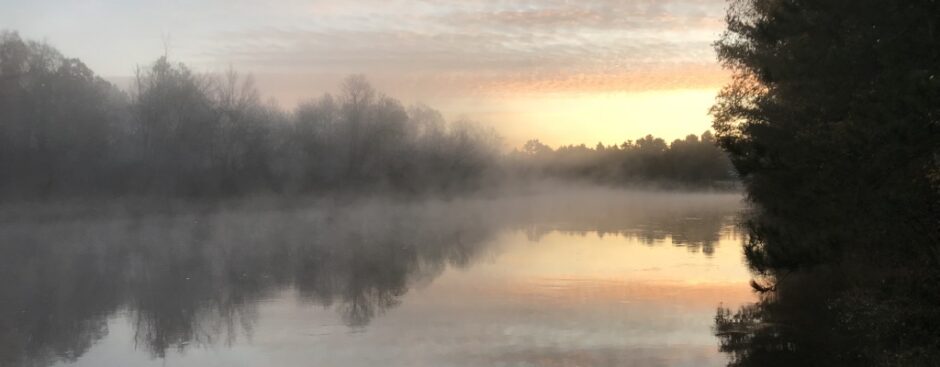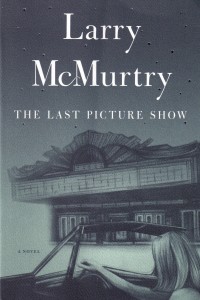The Last Picture Show by Larry McMurtry (1966 and 1994. Simon and Schuster. ISBN 978-0-684-85386-4)
The title to this review isn’t meant to belie the fact that The Last Picture Show is, to a great degree, an American classic along the lines of The Heart is a Lonely Hunter or To Kill a Mockingbird or East of Eden. Yet, unlike those books, which take on broad, larger-than-one-man-or-woman’s-existence-issues, McMurty’s tale of teenaged angst and maturation, while written in prose that calls to mind Carson McCullers , is more in line with The Graduate or Catcher in the Rye in terms of the scope of story. There are no great debates contained within the pages of this novel, no rants or rages or discussions about race, gender, income inequality, or politics. And yet, the read is satisfying. Why? Because, as McMurtry would later reinforce in his the colossus-in-print Western to beat all Westerns, Lonesome Dove, Larry McMurtry is a first rate storyteller and a creator of memorable characters. As in Lonesome Dove, McMurtry clearly understands the motivations and inner dialogue of both male and female characters inhabiting his worlds. And, there is much about life to be learned from language such as the following:
Duane was too bleary and sick to do more than grunt. His hair was plastered to his temples with sweat. “You drive,” he said.
By some miracle Sonny managed to wind his way through Matamoros to the Rio Grande-in daylight the water in the river was green. The boys stood groggily under the customs shed for a few minutes, wondering why in the world they had been so foolish as to come all the way to Mexico. Thalia seemed an impossible distance away.
“I don’t know if I can make it,” Sonny said. “How much money have we got?”
They found, to their dismay, that their money had somehow evaporated. They had four dollars between them. There was the money that Sam, and Genevieve had given them, hidden away in the seat springs, but they had not planned to use that.
“I guess we can pay them back in a week or two,” Sonny said. “We’ll have to use it.”
This scene follows two young men (Duane and Sonny) having blown their cash on booze and whores in Matamoros, Mexico on a whimsical trip apart from their dull and unexciting lives in Thalia, Texas; a trip that Duane and Sonny thought would define their entry into the adult world. But, as McMurtry paints the picture, the wonders of Matamoros did not live up to expectations or lead to life-changing revelations of soul or spirit. In the end, Thalia is Thalia even if you’ve been to Mexico.
I read this book because I, like most of my generation, had seen the movie (gotta love a young Cybil Shepard!) years ago and thought it to be, on its own merit, an American classic. When I found out that McMurtry had reprised the character of Duane in a new novel, When the Light Goes, I wanted to read the new book but felt an obligation to read the original before doing so. After spending three days racing through The Last Picture Show, I can’t wait to go back to Thalia no matter how desolate the place may be.
5 stars out of 5. Not Lonesome Dove but then, what book is?
(Note: A Review of When the Light Goes will be forthcoming. I can only read so fast!)



